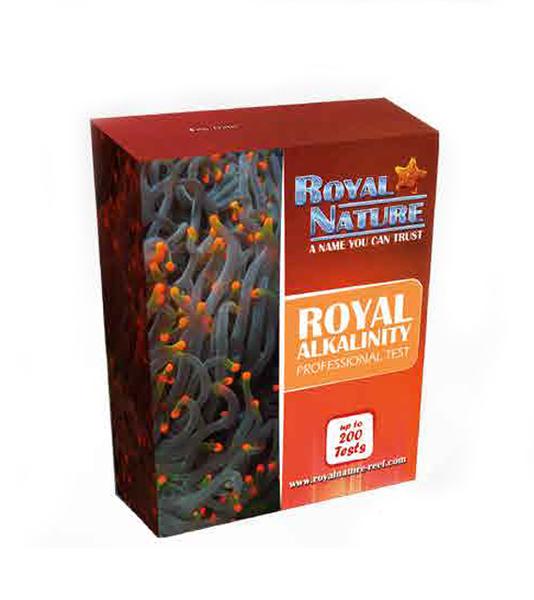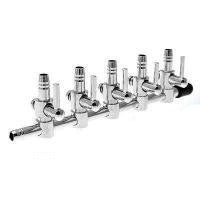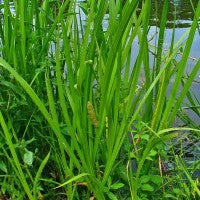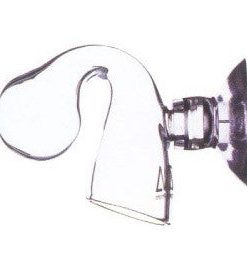Royal Nature Alkalinity Professional Test Royal Nature
$ 15,00 $ 9,00
Alkalinity can be measured by titration a sample with a strong acid until all the buffering capacity of the aforementioned ions above the pH of bicarbonate or carbonate is consumed. This point is functionally set to pH 4.5.
At this point, all the bases of interest have been reached to the zero level; hence they no longer cause alkalinity.
Alkalinity is typically reported as mg/L as CaCO3.
This can be converted into equivalents (dKH) when one equivalent is equal to 17.848mg/L.

Each test uses a two-part chemical reaction and a syringe. Unlike the Ca and Mg test, here we add the chemical solution to the sea water until the final color is hit. We also guarantee you’ll get 200 tests out of each DKH test.
In Royal Nature Alkalinity test the correlation between end point of titration and value of alkalinity was calculated with a lot of adjustments. Our ability to produce in small batches is critical to achieve analytical calibration which is a key to our tests accuracy.

Each kit will give you 200 tests.
1. Using the 5 ml syringe add 5ml of aquarium water to the test vial.
Attention: before any use of the vial test, make sure it is washed with RO water only and dry it up with a soft paper.
2. Using the 1 ml syringe, place the plastic tip firmly and draw up the Alk-2 until the lower end of syringe’s black rubber is right on the 1.00 ml mark.
• Before this step, ensure that the plastic tip is empty of liquids and that it’s submersed in water the entire time to avoid air entering to the syringe.
• The presence of a layer of air between the liquid and the black part of syringe is normal and will not affect the result (The normal air layer you should see is equal to 0.1 ml).
3. Start adding Alk-2 to the test vial one drop at a time, swirling a little after each drop. After 2-3 drops you will get solution with blue color: ![]()
4. Continue adding Alk-2 to the test vial until the color will change to: Yellow ![]()
• There will be short stage of green color. The final result is when the solution is changed from green color to yellow. When the solution is green you are very close to the final result – about (1-2 drops).
Pay attention that by adding Alk-2 more than needed the yellow color will get brighter.

5. Note the position of the lower black part of syringe (each division corresponds to 0.01 ml) and obtain the alkalinity result from the table. Readings should be taken at the position of the lower end of syringe’s black rubber.
NSW alkalinity is around 7. Our recommendation is to keep DKH levels in the tank between: 7-10.
In case of low alkalinity use Royal Sodium bicarbonate to keep parameters between: 7 – 10.
Fast Shipping and Professional Packaging
We can offer a variety of shipping options thanks to our long-term relationship with UPS FedEx DHL. Our warehouse staff will package all goods to our exacting requirements. Prior to shipping, your goods will be thoroughly examined and securely secured. We deliver to thousands of customers every day from all over the world. This is a sign of our determination to be the largest online retailer in the world. Warehouses and distribution centers are located throughout Europe as well as in the USA.
Note: Orders that contain more than one item will be assigned a separate processing time for each item.
Prior to shipment, we examine the items ordered thoroughly before sending the items. Most orders are shipped within 48 hours. The expected delivery time is 3 to 7 days.
Returns
The stock is constantly changing and cannot be fully controlled by us due to the involvement of many different parties, such as the factory and our warehouse. The levels of stock can change at any moment. You may not receive your order once the order has been made.
The policy is 30 days. If it's been longer than 30 days since you made your purchase and we're unable to offer you a complete exchange or refund.
To be eligible for a return your item must be unused and in the same condition as you received it. You must have the item in its original packaging.
Related products
Air Pump Accessories
Substrate
Conditioner
Air Pump Accessories
Freshwater Plant
CO2 Accessories
CO2 Accessories
Plant Fertilisation
Bacteria
Air Pump Accessories
Uncategorized
Bacteria
Substrate
RO/DI
Filter Media
Freshwater Plant
Plant Fertilisation
Filter Media
Maintenance Tools







































